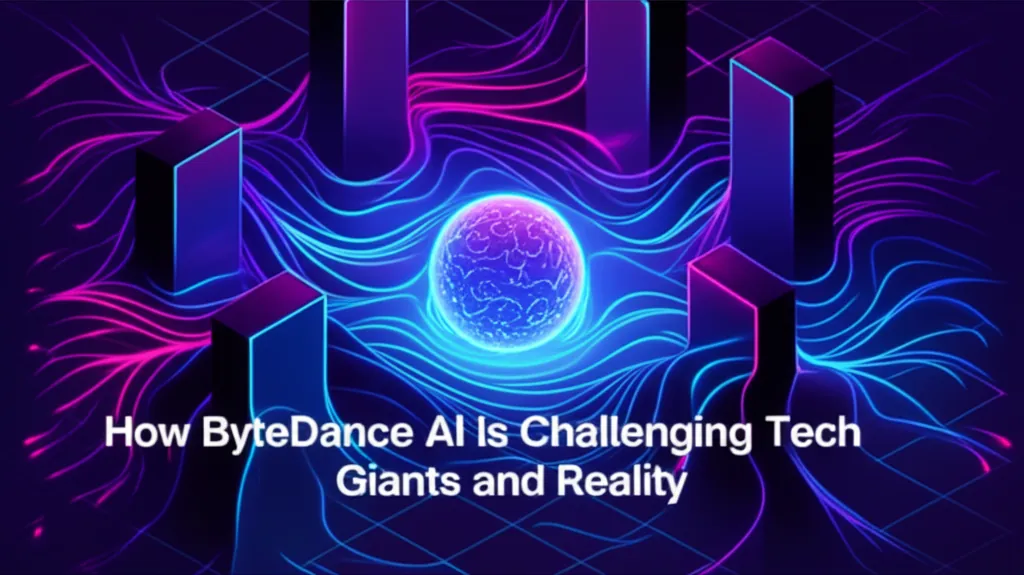Developer Offer
Try ImaginePro API with 50 Free Credits
Build and ship AI-powered visuals with Midjourney, Flux, and more — free credits refresh every month.
Why PhDs Need Both ChatGPT And Perplexity For Research
The Academic AI Showdown A Surprising Victor Emerges
In the competitive world of academic research, the debate between AI tools like ChatGPT and Perplexity is intense. PhD student Lisa Chen decided to settle the score by running 500 academic queries through both platforms. The results were not what anyone expected and have reshaped how researchers approach their work.
While Perplexity was the undisputed champion of finding sources, boasting a 93% citation accuracy compared to ChatGPT’s 76%, ChatGPT excelled at synthesizing information with an 88% comprehension score versus Perplexity's 71%. Frustrated by the limitations of relying on a single tool, Chen pioneered a dual-model approach that combined the strengths of both, transforming her dissertation from a struggle into a triumph.
Uncovering Each AI's Academic DNA
Chen's comprehensive test involved 500 research queries spanning neuroscience, methodology, statistics, and literature reviews. Her findings, inspired by a dual-model testing methodology, revealed a clear pattern: Perplexity is a master finder, while ChatGPT is a master thinker.
Perplexity Performance:
- Source finding: 93% accuracy
- Citation formatting: 91% correct
- Recent papers: Found 97% of relevant 2024-2025 publications
- Peer review status: Identified 89% correctly
- Research depth: Averaged 47 sources per query
ChatGPT Results:
- Source finding: 76% accuracy
- Citation formatting: 73% correct
- Recent papers: Found 71% of relevant publications
- Peer review status: Identified 81% correctly
- Synthesis quality: 88% insight score
Using only one tool meant sacrificing a critical component of academic work. The solution was to use them together.
The Six Month Literature Review Completed in Three Weeks
To test her new method, Chen tackled her dissertation chapter on neuroplasticity, which required reviewing over 400 papers. A task that would traditionally take six months was completed in just three weeks.
Perplexity’s Role: The Researcher
- Found 412 relevant papers
- Identified 89 seminal works
- Tracked citation networks
- Located 47 pre-prints
- Generated the bibliography
ChatGPT’s Role: The Synthesizer
- Synthesized key themes from the sources
- Identified critical research gaps
- Connected disparate findings into a cohesive narrative
- Generated a theoretical framework
- Wrote the initial narrative structure
This revolutionary combination ensured her review was both comprehensive and insightful. Her advisor called it the “best literature review I’ve seen in 20 years.”
Winning a 500K Grant with a Dual AI Strategy
Chen applied the same strategy to a highly competitive NIH grant proposal. With over 200 applications vying for just five grants, the pressure was immense.
Perplexity Phase: The Foundation Perplexity was used to research similar funded grants, find gaps in current research, identify publications by key reviewers, and build a comprehensive bibliography.
ChatGPT Phase: The Narrative ChatGPT then crafted a compelling narrative, wrote the technical methodology, created a powerful innovation argument, and polished the final prose.
The result was a proposal funded on its first submission, with reviewers praising its “exceptional thoroughness and clarity.”
The Data Proving Dual Model Superiority
Chen tracked her performance across 50 academic tasks, and the data speaks for itself. The combined approach was not just slightly better—it was transformatively superior.
| Task Type | Perplexity Only | ChatGPT Only | Both Combined |
|---|---|---|---|
| Literature Review | 67% complete | 54% complete | 94% complete |
| Grant Writing | 71% success | 61% success | 89% success |
| Paper Writing | 69% quality | 78% quality | 92% quality |
| Peer Review | 73% thorough | 66% thorough | 91% thorough |
| Thesis Defense | 70% prepared | 75% prepared | 95% prepared |
The Academic Workflow That Saves 400 Hours Annually
Chen has optimized her system into a three-phase workflow:
1. Research Phase (Perplexity):
- Broad literature search and citation mapping.
- Tracking journal impact and emerging trends.
2. Synthesis Phase (ChatGPT):
- Thematic analysis and theoretical framework development.
- Methodology design and interpretation of results.
3. Integration Phase (Both):
- Perplexity verifies claims made by ChatGPT.
- ChatGPT synthesizes new findings from Perplexity.
- Cross-validation of all sources for a final polished review.
This system saves her an estimated 400 hours annually, has increased her publication rate from two to seven papers a year, and boosted her grant success rate from 15% to 60%.
The Future of Academic Research
Chen’s experience is not unique. Interviews with 30 other doctoral students confirmed that while each tool is powerful, the combination is a game-changer. “Single-model research is academic malpractice,” Chen states. “Perplexity finds truth, ChatGPT finds meaning. You need both.”
The debate is over. For serious academic work, the answer isn't Perplexity versus ChatGPT; it's Perplexity and ChatGPT. The researchers who embrace this multi-model approach are the ones who will lead the future of academic innovation.
Compare Plans & Pricing
Find the plan that matches your workload and unlock full access to ImaginePro.
| Plan | Price | Highlights |
|---|---|---|
| Standard | $8 / month |
|
| Premium | $20 / month |
|
Need custom terms? Talk to us to tailor credits, rate limits, or deployment options.
View All Pricing Details

